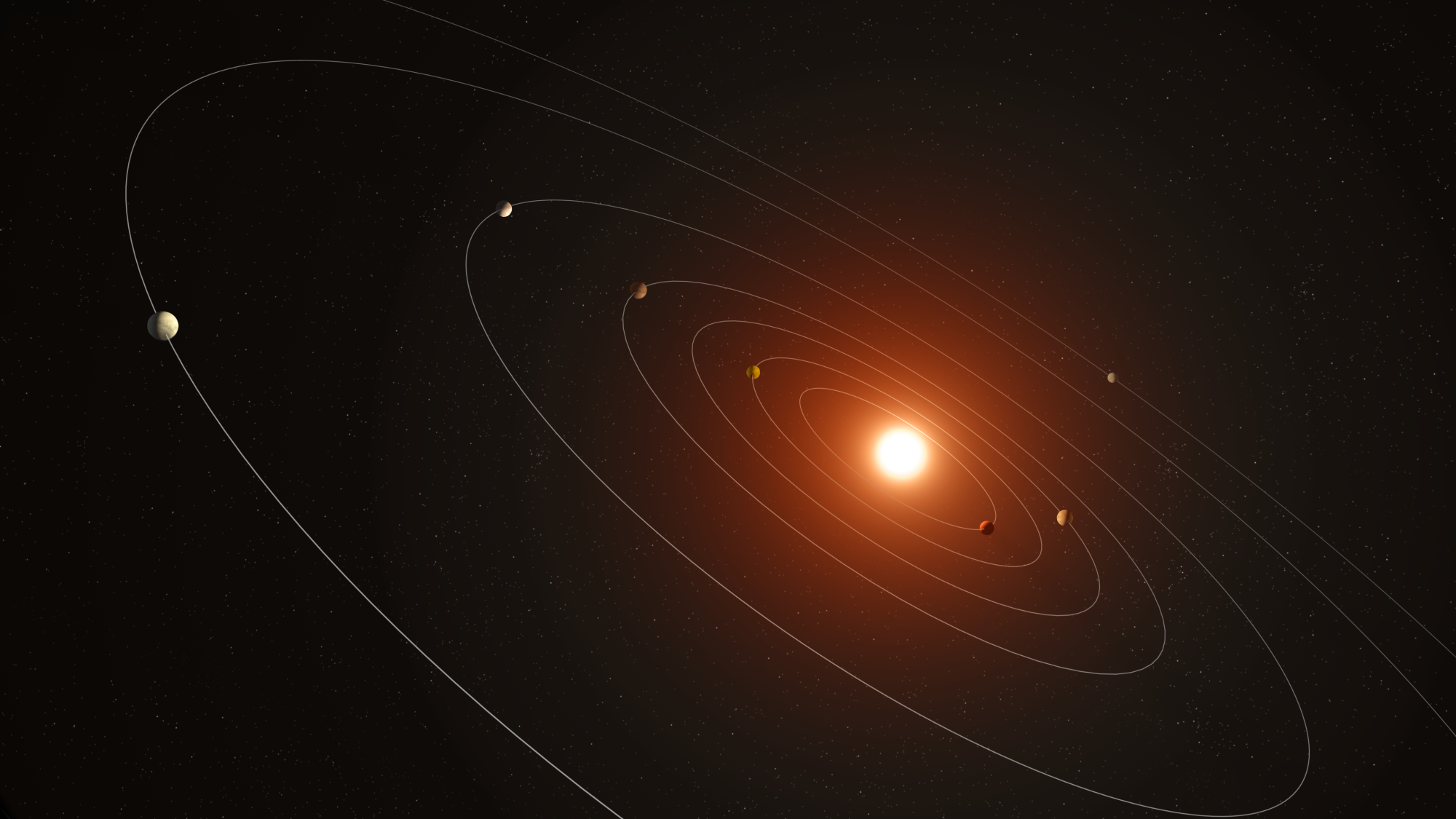While looking at compiled data from NASA’s now-retired Kepler space telescope, astronomers have discovered the existence of a seven-planet system of sweltering planets larger than Earth but smaller than Neptune that scientists are calling Kepler-385. The discovery marks one of only a few planetary systems we have discovered that has more than six verified planets or planetary candidates.
The discovery of Kepler-385 is exciting because it falls into a very small niche within the systems that we have discovered so far. And, because NASA’s now-retired Kepler space telescope discovered it, it proves that even older data has more information to reveal if we look back at it.

The newly discovered Kepler-385 includes a sun-like star at the center of it that is 10 percent larger and five percent hotter than our own solar system’s star. Both inner planets are larger than Earth, and scientists estimate they are both rocky and might even have thin atmospheres, which are estimated to be twice the size of Earth’s.
The two inner planets are also expected to be enshrouded in thick atmospheres, NASA says. The data’s ability to describe the properties of the planets found in Kepler-385 is a testimony to the quality of the most recent catalog of exoplanets that Kepler discovered. The discovery of this system was only made possible thanks to the accurate information Kepler’s final catalogs produced.
The discovery of Kepler-385 has also revealed that planets tend to have more circular orbits – similar to our own solar system – when there are more than two planets orbiting a star. While Kepler’s primary observations ended in 2013, NASA continued to peer into the universe with an extended mission, known as K2, which came to an end in 2018. Now, the data Kepler collected continues to reveal more information about our universe, including the existence of this rare planetary system.
It not only gives us a better view of how many worlds exist beyond our little slice of the cosmos, but it also paints a more detailed picture of what those planets and their planetary systems might look like, which is exceptionally exciting. NASA also created a data sonification of the planetary system, which we’ve embedded above. It’s actually quite soothing to listen to, especially after hearing what a black hole sounds like.








